Following on from my post a few days ago about some photos I had found of a colonial Anglo-Zulu War game in the mid-1980’s, my friend who provided the armies then still has them! And as it turns out recently he had had them out of their storage containers for the first time in a long while to check their condition and do a bit of a review. He even took photos, so with his generosity, here’s some photos of the full 1/72 plastic colonial wargaming army collection we used for games in the mid-1980’s through to the very early-90’s.
Continue reading “Eighties Colonial War Game Armies”Tag: Indian
False Memory: What We ‘Know’ About WW1
There are many myths around the British Army in World War I, the old “Lions led by Donkeys” being the first of them, such as Alan Clark claiming to quote it from a German general’s remark. But in fact he just made that up (and in truth it was actually first used by the French about the British in the Crimean War). Furthermore things such as portrayed in Black Adder Goes Forth where British Generals are completely incompetent public school boy types who live it up in comfort in chateaus miles behind the lines, while sending their men off to their deaths, are just nonsensical and don’t align with historical evidence. While there may well have been one or two real generals like this, the actual majority, and the truth, is likely far from that (you can just look at the casualty rate of senior British Officers commanding Divisions and above for example).
Continue reading “False Memory: What We ‘Know’ About WW1”John Curry’s “History Of Wargaming” Upate
On the 04 May 2012 John Curry sent the following update out concerning his “History of Wargaming” project for those who may not have seen it:
This is a short occasional update on the publishing progress of the History of Wargaming Project. The project has gone digital and about 20 of the books/rules are now available as e-books from the iBook Store, The Nook, or from www.lulu.com. The rest of the back catalogue will be converted in due course. Peter Perla’s Art of Wargaming, a book about the professional use of wargaming (as well as much interesting material about the history of wargaming), is now out in paperback. Donald Featherstone has seen his novel Redcoats for the Raj, back into print and he has completed a new novel, The Badgered Men. Donald Featherstone’s classic book Air War Games has now been updated and is now [again] in print.
Continue reading “John Curry’s “History Of Wargaming” Upate”I Couldn’t Resist Indus
I recently stumbled across Indus Miniatures – and when they announced a 20% off ‘Thanks Giving‘ Sale I couldn’t resist getting a few – even though they are aimed at the Indian 18th Century to Mutiny era rather than the later NWF (North-West Frontier). Still the quality of the greens looks nice in these pics, and some of the figs are designed to be fairly generic – for example the Irregular Cavalry or Pindari are described as “meant to represent the Irregular troops serving in India for the Princes, Mughals, Europeans, Sikhs etc. They can be used from 1700 till 1850’s. They probably can be used for other time frames as they are quite generic“. Continue reading “I Couldn’t Resist Indus”
Here come the Bengal Lancers
As my colonial forces expand to cover the NWF (North West Frontier) now the Sudan and Zulu Wars are well catered for I have endeavoured to make some units ‘multi-use’ (i.e. suitable for more than 1 campaign/theatre if possible). As such I am constructing 2 Squadrons (or TSATF ‘units’) of Bengal Lancers, one Sikh and one Muslim. Here are some photos of the completed figures so far, based, and just waiting for lance pennants and suitable texturing of their bases… Continue reading “Here come the Bengal Lancers”
Time To Do ‘The Pacific’ with Crossfire
 I’ve always had an interest in the Pacific Theatre, most especially the 14th Army in Burma & Malaya, and the early U.S. Marine operations such as in the Solomon’s (as the 3rd NZ Division was involved in additional actions in the chain after the main U.S. battle ended on Guadalcanal), the Gilbert (Tarawa) & Marshal Islands campaign, and perhaps ultimately the Mariana & Palau (Peleliu) Islands… After years and years (OK make that Decades) of procrastination I have finally bit the bullet and ordered the figures inspired by the release of “The Pacific” by HBO.
I’ve always had an interest in the Pacific Theatre, most especially the 14th Army in Burma & Malaya, and the early U.S. Marine operations such as in the Solomon’s (as the 3rd NZ Division was involved in additional actions in the chain after the main U.S. battle ended on Guadalcanal), the Gilbert (Tarawa) & Marshal Islands campaign, and perhaps ultimately the Mariana & Palau (Peleliu) Islands… After years and years (OK make that Decades) of procrastination I have finally bit the bullet and ordered the figures inspired by the release of “The Pacific” by HBO.
Unit Organisations in TSATF
One thing I have done [as of 2008] is slightly tweak the organisations of units to try and more closely replicate the real life historical organisations – while still keeping to the general intent Larry Brom put in the rules and approximately the same number of figures per larger formation (Battalion or Regiment). As we are using the same organisations for our Fire & Sword Campaign I ended up putting together Visio Organisation Charts of them as visual organisation reference for Roundie & Kieran (who weren’t familiar with, my perhaps pedantic, idiosyncrasies over organisation tables) and as a result of an unrelated discussion on the Sword & Flame Yahoo! Group it occurred to me they might be of some little interest to one or two people out there (although I’m sure I’m not the first to do so and many will have their own views different to mine)…
Continue reading “Unit Organisations in TSATF”The Sword and the Flame [TSATF]
Larry Brom wrote TSATF in 1979, and 30 years later it’s still going strong with very little changes! Having played TTG’s Soldiers of the Queen* [SotQ] fairly extensively since it was published in 1987 (in my earlier wargaming years) until a long hiatus from all colonial gaming in the early 1990s, I was only introduced to TSATF in recent years for the first time…
* Not to be confused with the Victorian Military Society’s Journal “Soldiers of the Queen“!
Continue reading “The Sword and the Flame [TSATF]”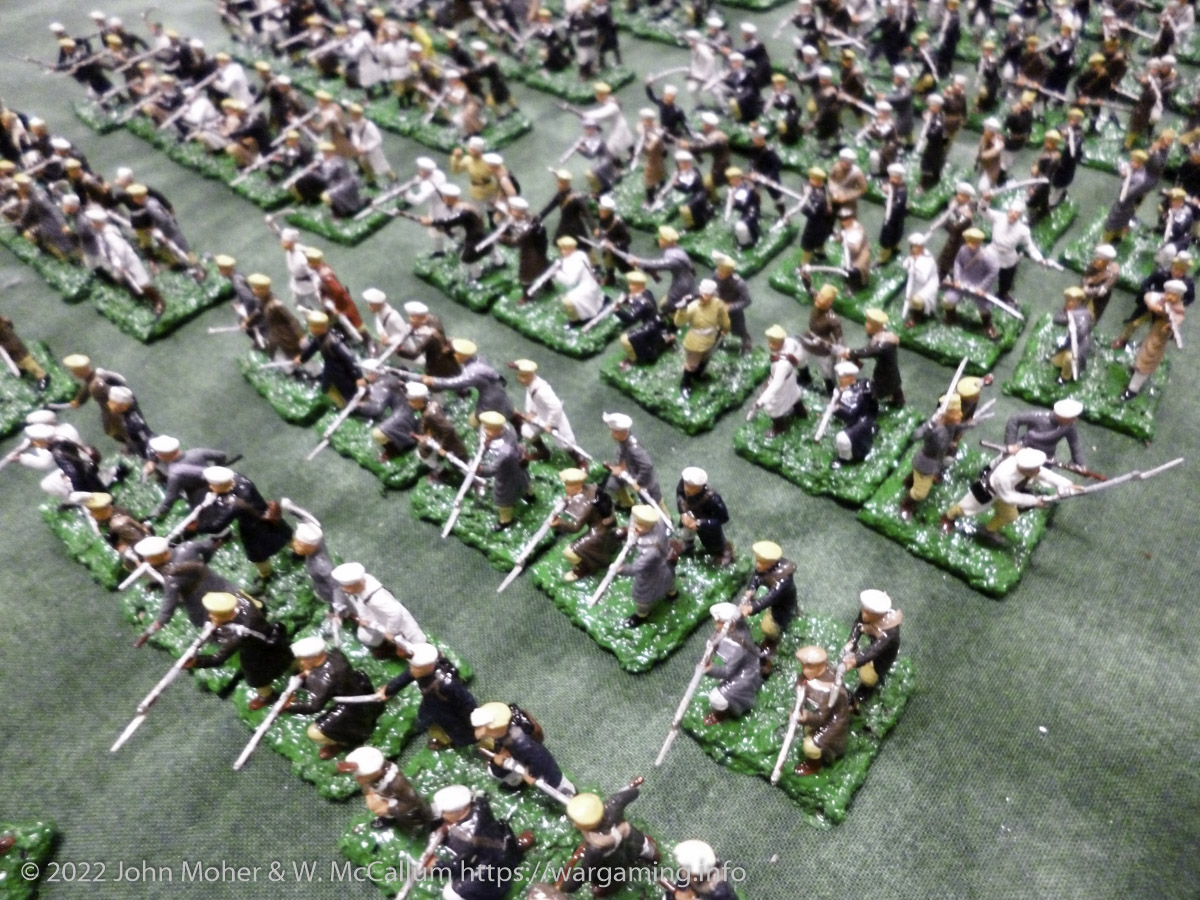
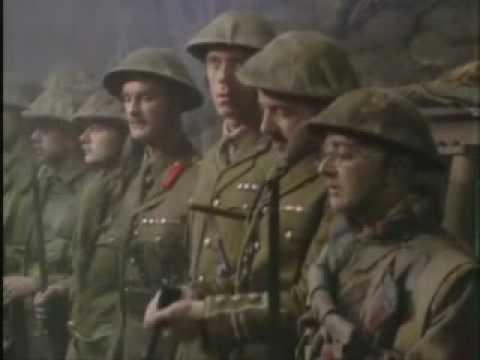
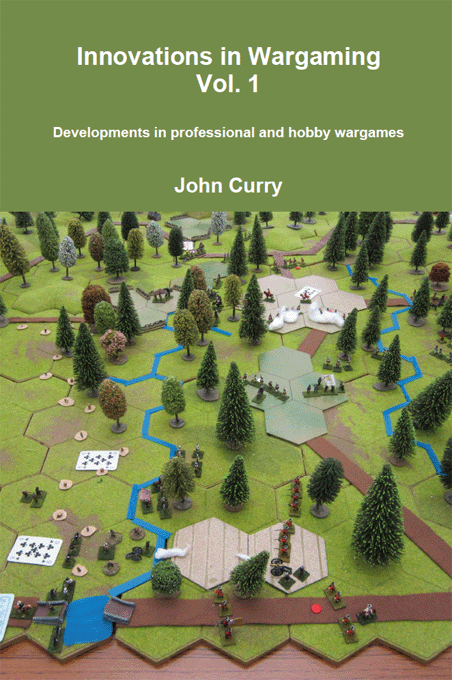
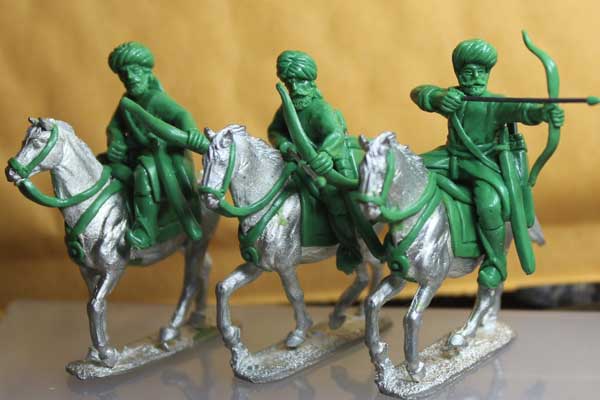
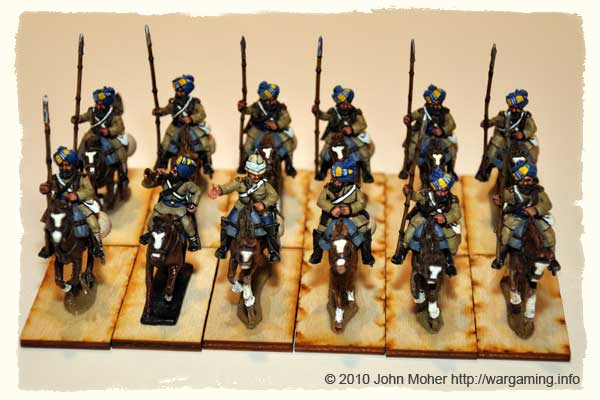
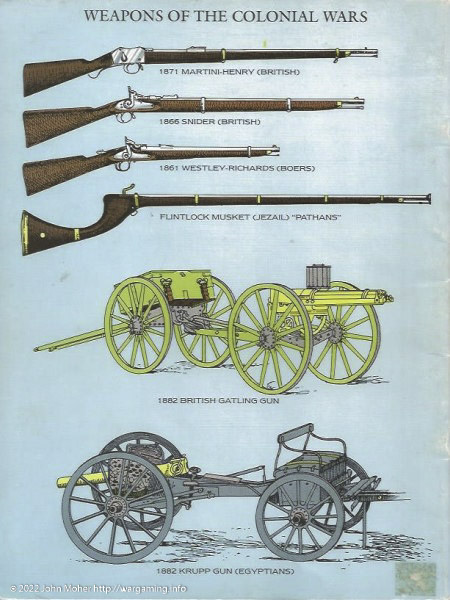
![The Sword and the Flame [TSATF]](https://wargaming.info/wp-content/uploads/The-Sword-And-The-Flame-Revision-1-1986-front-cover-1.jpg)